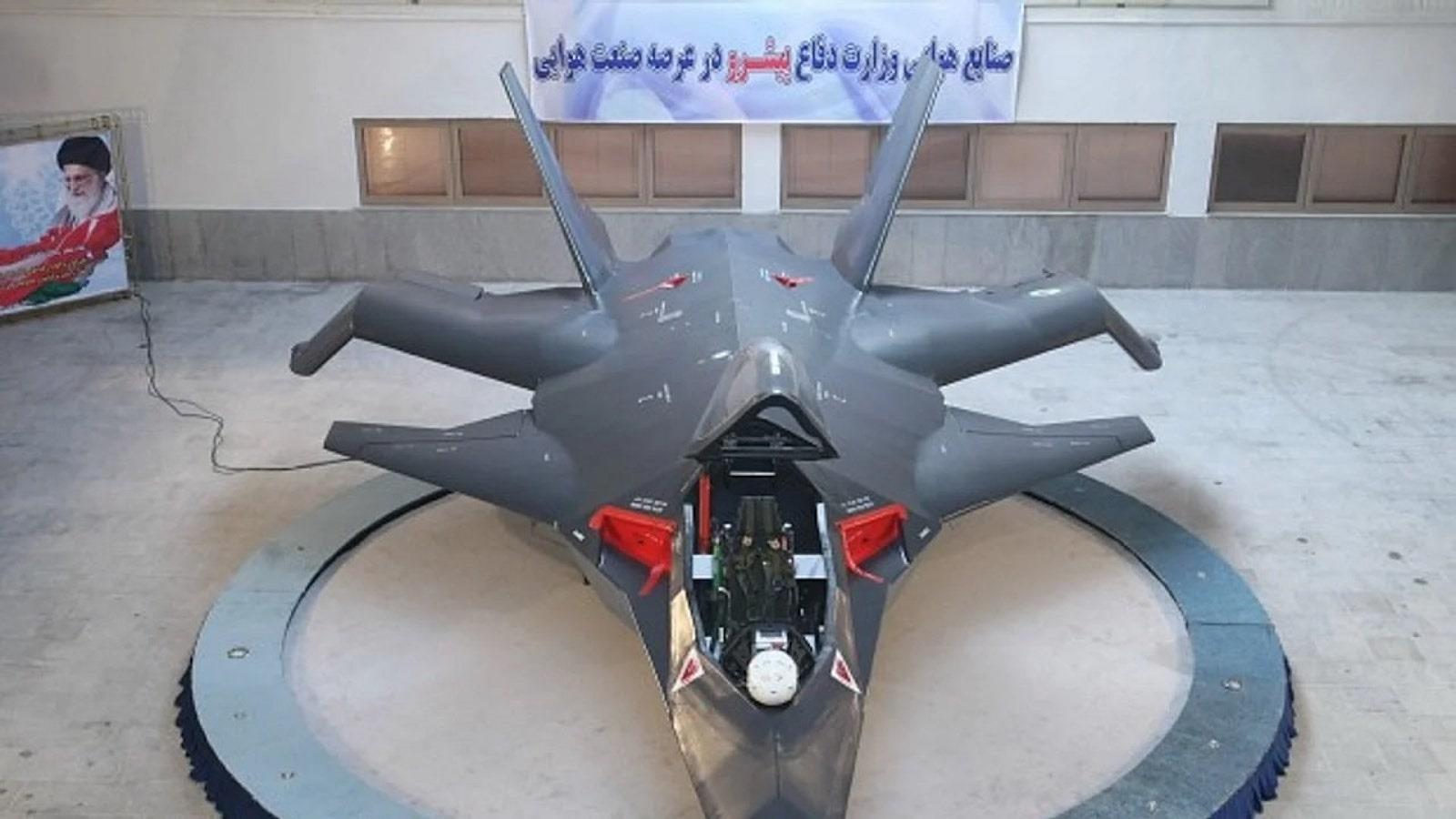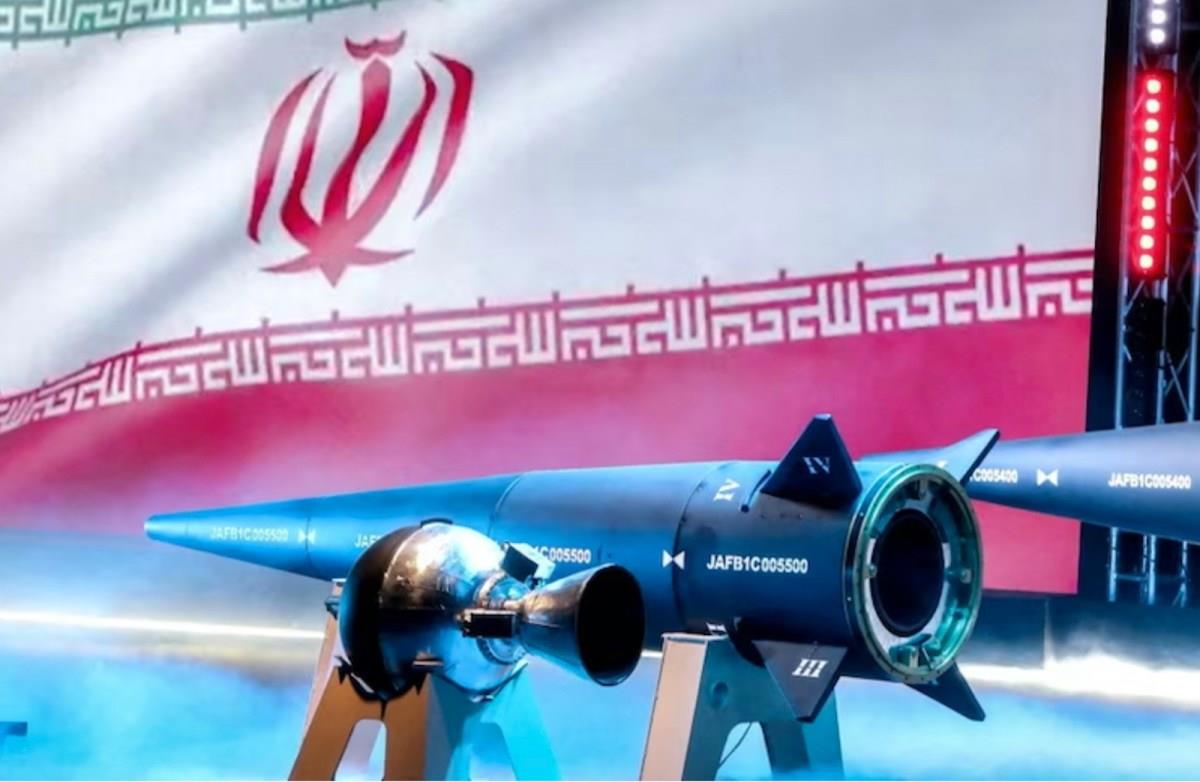(MENAFN- Asia Times) Iran has just publicly revealed its first hypersonic missile, an announcement that has sparked speculation about whether the missile is a functional weapon, bombastic propaganda, or something in between.
this month, al jazeera reported that Iran unveiled its first hypersonic weapon known as“Fattah,” meaning“opener” in Farsi.
Iranian President Ebrahim Raisi and senior Islamic Revolutionary Guard Corps (IRGC) commanders showed the Fattah in an unveiling ceremony, according to Al Jazeera.
Iranian state media claims that the Fattah can travel at Mach 15, has a 1,400-kilometer range, uses solid propellant technology and has a moveable nozzle for high maneuverability.
David Pappalardo notes in a 2022 air & space operations review article that Iran's hypersonic missile may consist of a maneuverable re-entry vehicle (MaRV) mounted on a ballistic missile body, with Iran focusing on developing maneuvering warheads.
Pappalardo says that such missiles serve an intimidation purpose for regional and great power competition. However, he notes that hypersonic strike capability may present a steep technological curve for Iran, as the weapon requires highly integrated intelligence, targeting and command architecture wherein space assets are paramount.
However, hypersonic weapons may be a possible area of collaboration between Iran and Russia. Their shared disdain of the Western-dominated international order, common cause in the Ukraine war and heavily sanctioned economies have made them brothers in arms.
asia times reported in august 2022 that Iran had successfully launched its indigenous Khayyam satellite using a Russian Soyuz rocket from the Baikonur Cosmodrome in Kazakhstan. Iran's Khayyam may be a variant of Russia's Kanopus-V satellite, which Iranian had negotiated with Russia since 2018 to acquire.
Although the Kanopus-V's camera has just a 1.2-meter resolution, far below that of high-end US spy and commercial imaging satellites, it is a significant upgrade from Iran's previous reconnaissance satellites, which have been derided as“webcams tumbling in space.”
The Khayyam and other satellites like it can provide targeting data for Iran's missile arsenal, provide its proxies with space-based intelligence and monitor US and Israeli forces across the globe.
Besides collaborating on the necessary space-based intelligence and targeting infrastructure for hypersonic weapons, Russia and Iran may have collaborated on hypersonic weapons design.
in november 2022, asia times reported that Iran appears to have developed a hypersonic weapon with Russian technical assistance in exchange for supporting the latter's struggling Ukraine war effort. China, North Korea and Russia have all assisted Iran in varying degrees with its missile program.
Iran struggles to make its missiles accurate enough for offensive use, as it still needs to develop adequate stabilization and precision guidance systems for its missile forces.
Iran may thus have requested a quid pro quo in its strategic partnership with Russia, trading in military materials such as Shahed loitering munitions, artillery shells and ammunition and body armor kits in exchange for hypersonic weapons technical know-how.
Until now, Iran is not known to have conducted any hypersonic weapons tests. While Iran has a sizeable domestic arms industry, it is known to exaggerate its military capabilities.
One such case was that of the Qaher-313 stealth fighter, which Western analysts dismissed out of hand as fake. That raised immediate skepticism of Iran's hypersonic weapon claim.

Western analysts doubt Iran's claimed Qaher-313 really exists. Image: Twitter
iran international notes that current hypersonic weapons technology supports designs flying between Mach 5-6, so Iran's claim of Mach 15 for the Fattah may be an exaggeration.
Iran International also notes that hypersonic weapons pose substantial technical challenges to established military powers such as the US, China and Russia, with these countries facing issues regarding the reliability, accuracy and effectiveness of their current designs.
The report also points out that while the Fattah is most likely a hypersonic glide vehicle (HGV) mounted on a ballistic missile body, Iranian officials have not clarified if it would achieve hypersonic speed during the first phase of flight powered by a ballistic missile, or during its terminal phase gliding towards the target.
Nevertheless, Iran has the Middle East's largest missile arsenal and building a hypersonic weapon could be within its priorities and capabilities.
Behnam Ben Talebu and James Syring write in a february 2023 foundation for the defense of democracy report that
Iran and its proxies rely on extensive missile arsenals to punish and deter action against their regional networks, with the strategic goals of evicting the US from the Middle East and coercing regional states to accommodate Iran's interests.
Talebu and Syring note that Iran's missile arsenal is crucial to the regime's existence, its revolutionary foreign policy and the capabilities of its proxies.
They note that Iranian officials are proud of their country's status as the preeminent missile power in the Middle East and use that power to press for regional hegemony.
They say that Iranian officials often boast of their country's missile and military progress under sanctions, touting it as a model for other countries facing similar circumstances to replicate.
They also mention that Iran frames opposition to its missile program as hostility to the regime, saying that pressuring Iran to disarm is equivalent to asking it to be helpless against its adversaries.
Like this:Like Loading...





















Comments
No comment